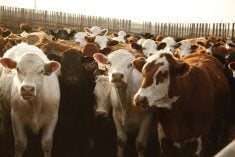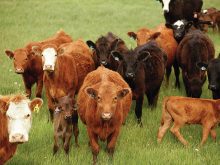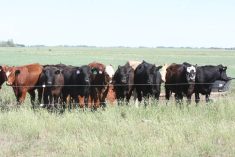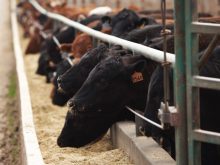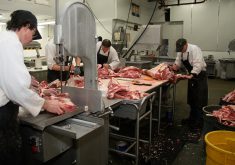REGINA — The Canadian beef sector continues to push for harmonized specified risk material standards with the United States.
A new risk analysis has been done that stakeholders hope will result in a regulatory policy that helps them be more competitive.
The industry has been working toward the goal of harmonization since the country was granted negligible risk status for BSE in 2021.
Read Also

Crop quality looks good this year across Prairies
Crop quality looks real good this year, with the exception of durum.
After BSE was discovered in a Canadian cow in 2003, stricter processing requirements, particularly for cattle older than 30 months, were put in place to limit the risk of transmission. Those still exist.
Canadian processors have to dispose of more carcass byproduct, or SRM, than the U.S., which costs significantly more money. Also, the SRM has to be incinerated or disposed of in a special landfill; in the U.S., some can be used in fertilizer.
The industry contracted a firm to complete a full risk analysis as part of the effort to eliminate the stringent requirements and extra costs.
Canadian Cattle Association vice-president Tyler Fulton told the House of Commons agriculture committee last fall the differences cost the Canadian sector $24 million each year and makes Canada less competitive.
“It should be noted that recent studies have shown that our current SRM policy is the most significant barrier to investment in new small and medium-sized cattle processing facilities,” he said at the October meeting.
“The SRM report is very near completion, and we urge the government to commence policy and regulatory changes swiftly and ensure they are included in the government’s regulatory priorities.”
At the time, he said the report’s public release was imminent.
Dennis Laycraft, CCA executive vice-president, said peer review of the study is now complete.
“We actually have a call here in a few weeks to go over what we think should be the completed report with all of the responses to the peer reviewers,” he said.
“So hopefully by the end of January we’re moving on to the next step.”
That would involve the Canadian Food Inspection Agency and the development of new regulations.
The Canadian Meat Council, in its pre-budget consultation brief for 2025, has recommended the government update its SRM removal requirements to more closely align with the U.S.
It said the protocols should better align with current science and international guidelines.
“SRM removal is not a food safety issue,” the brief said.
“We import beef processed in the U.S. back into Canada and we export cattle to the U.S. that are processed under U.S. regulations.”






